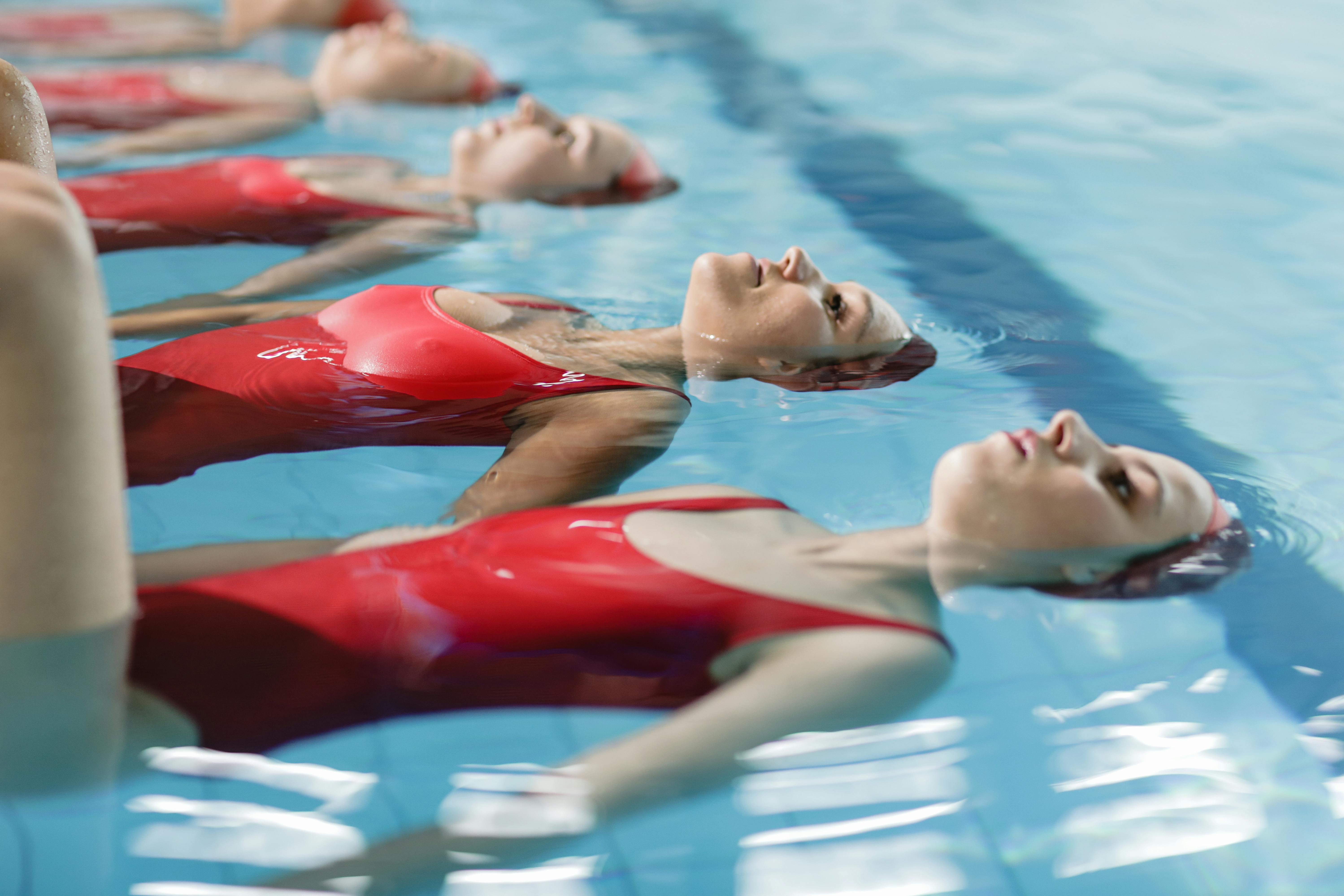Demystifying the Intricacies of Synchronized Swimming: An In-Depth Look
The world of sports is a vast and diverse landscape, teeming with a myriad of disciplines and fields. One of these sports, often overlooked yet intriguing, is synchronized swimming. This artful amalgamation of swimming, dance, and gymnastics requires immense strength, agility, endurance, and above all, impeccable synchronization.

Synchronized swimming often captivates audiences with its seemingly effortless grace and fluidity. However, beneath this mesmerizing facade lies a complex, demanding sport that pushes athletes to their limits. Let’s delve into the fascinating world of synchronized swimming, exploring its origins, evolution, and the rigorous training that molds world-class athletes.
The Birth and Evolution of Synchronized Swimming
Synchronized swimming, as we know it today, has its roots in the early 20th century. It was originally referred to as “water ballet,” and was primarily a form of entertainment. Over time, it transformed into a globally recognized competitive sport, marked by its inclusion in the 1984 Olympic Games.
The sport has evolved significantly since its inception. Early routines were simplistic, focusing primarily on basic movements and formations. Today, routines are highly intricate, combining complex acrobatics, meticulously choreographed maneuvers, and precise timing, all while maintaining a seamless flow.
The Rigorous Training Regime
Training for synchronized swimming is an intense process, demanding both physical and mental strength. Athletes must develop superior breath control, flexibility, strength, endurance, and a keen sense of timing.
Training typically involves a combination of swimming drills, strength and conditioning exercises, flexibility training, and extensive practice of routines. Athletes often train for several hours a day, perfecting their techniques and synchronicity.
The Art and Science of Synchronized Swimming
Synchronized swimming merges the grace of ballet, the strength of gymnastics, and the endurance of swimming. However, it is not just an artistic endeavor—it is also steeped in science. The sport demands a deep understanding of physics and human physiology, from mastering buoyancy and propulsion in water to optimizing breath control and muscle function.
The Challenges and Triumphs of Synchronized Swimming
Like any sport, synchronized swimming presents its own unique set of challenges. The need for synchronicity, while maintaining complex movements and breath control, can be daunting. Moreover, athletes often perform upside down and underwater, where visibility is low and orientation can be disorienting.
Despite these challenges, the sport also offers immense rewards. The thrill of perfecting a routine, the camaraderie among team members, and the exhilaration of competition are just a few of the aspects that make synchronized swimming a fulfilling pursuit.
Synchronized Swimming: An Underappreciated Gem
Synchronized swimming is a sport that deserves greater recognition and appreciation. It is a testament to human capability, showcasing our ability to merge strength, agility, creativity, and teamwork into a beautiful, harmonious display. Through understanding the intricacies of this sport, we can begin to fully appreciate the dedication, skill, and passion that athletes pour into every performance.
In the world of sports, synchronized swimming stands as a testament to the beauty of human coordination, strength, and artistic expression. It’s a sport that truly embodies the essence of teamwork and synchronization, and by spotlighting it, we pay homage to the athletes who dedicate their lives to mastering this demanding and beautiful discipline.




